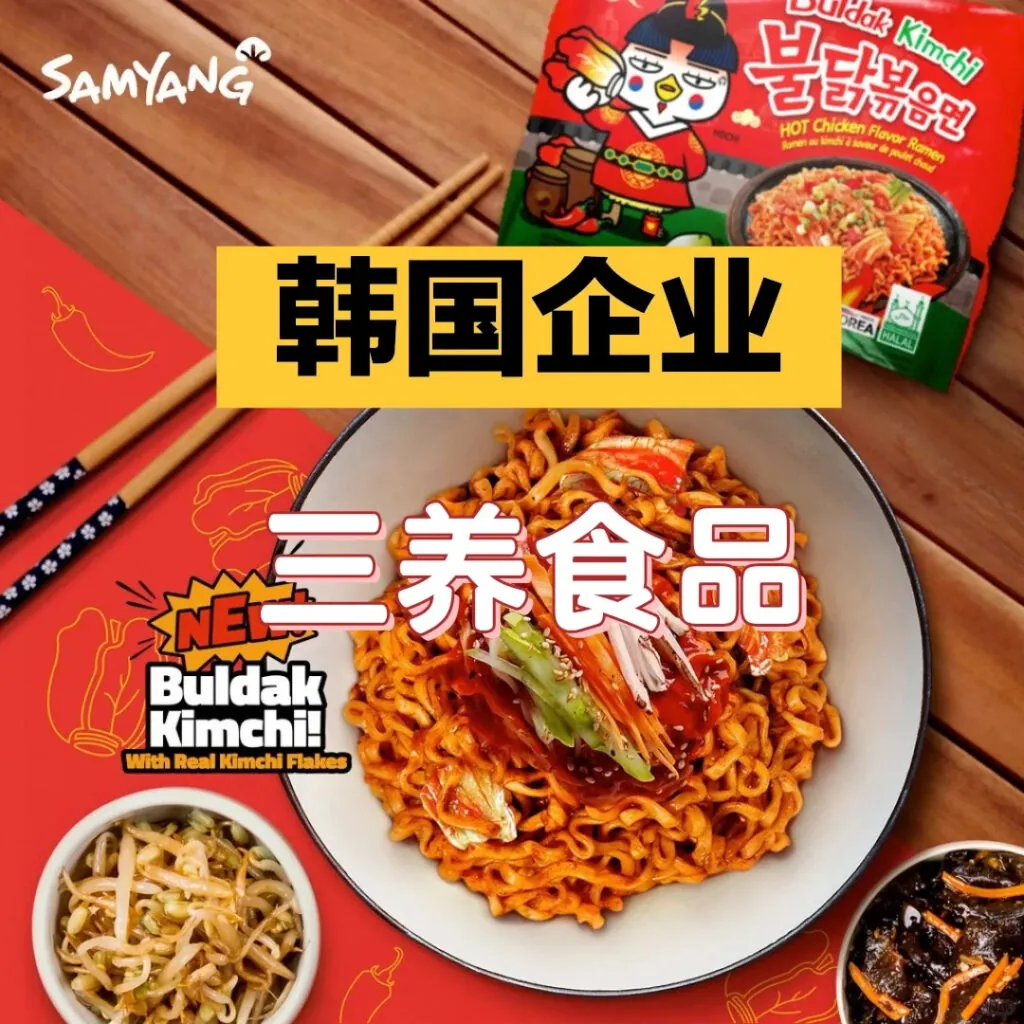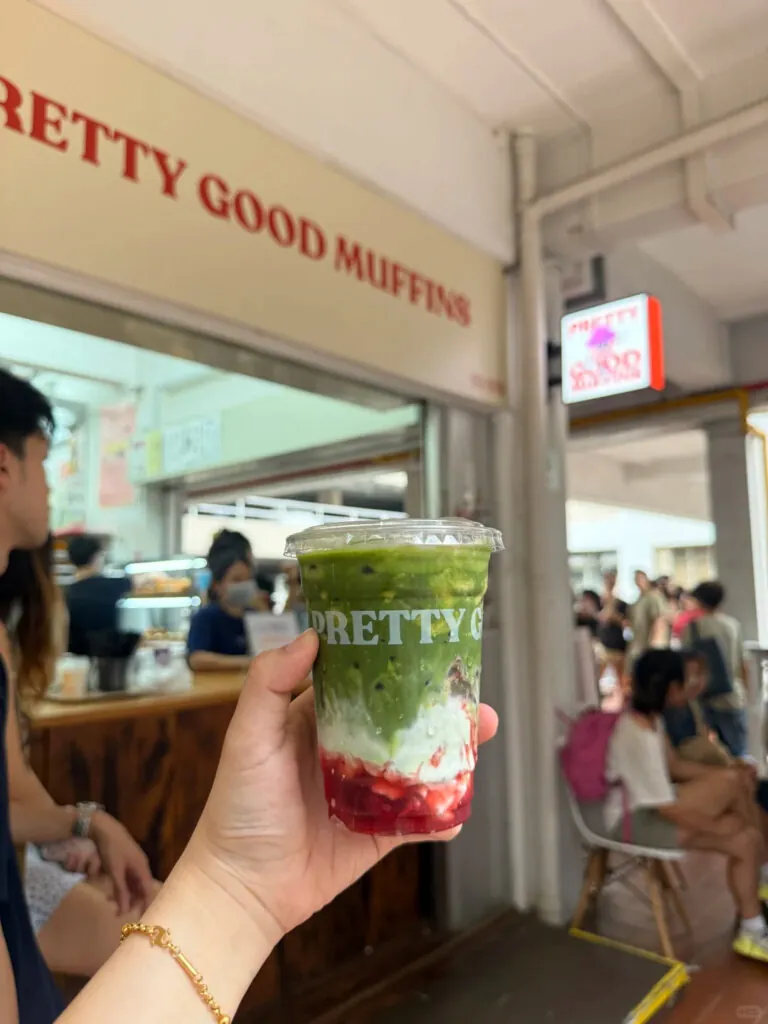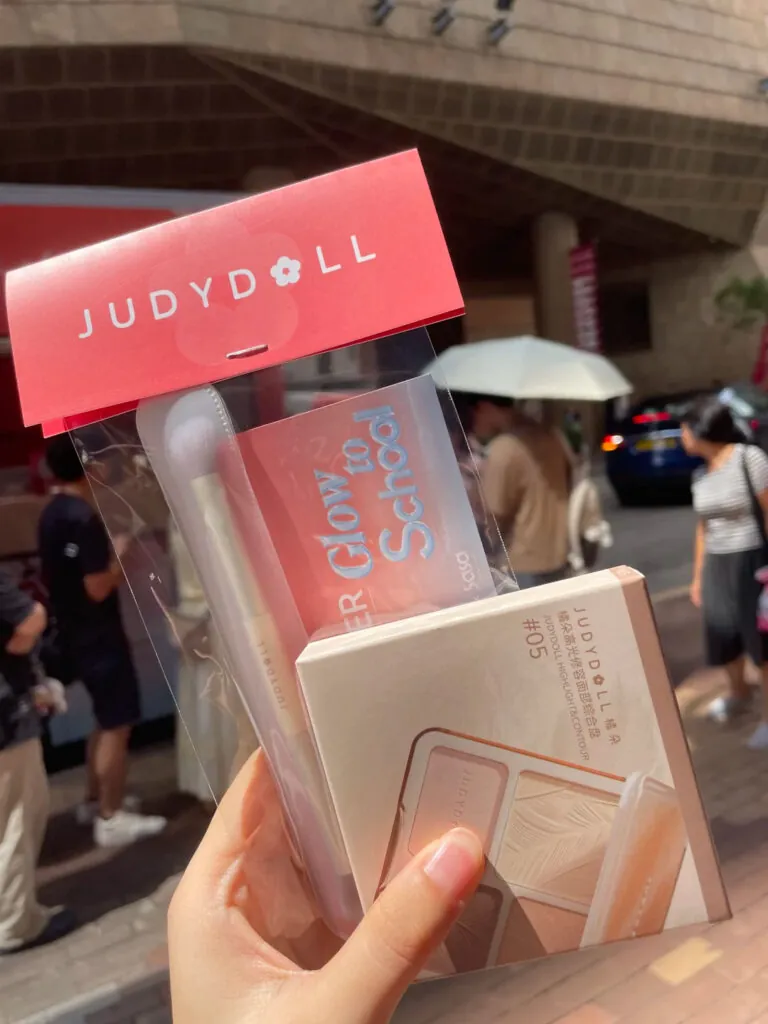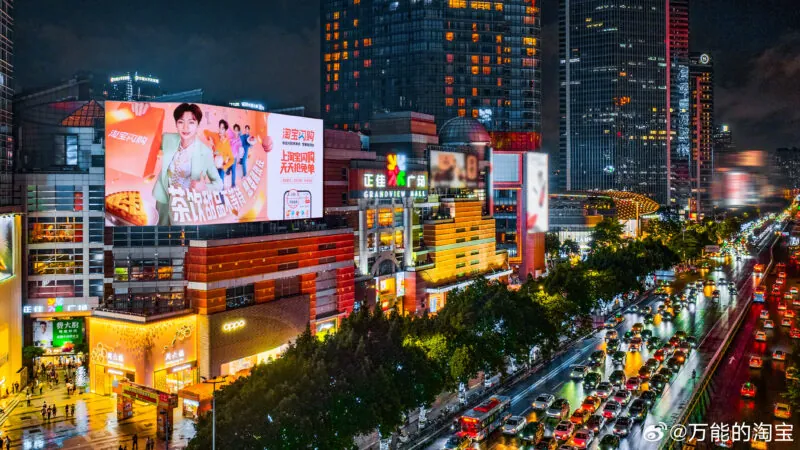This month Mixue Bingcheng quietly stole the show. The budget-friendly ice cream chain went viral for serialising short stories on its receipts – each one a micro-chapter in a longer novel that customers could only complete by buying more drinks. It was a simple idea, executed with irresistible logic: turn the most forgettable object in retail into the smallest possible form of media. In China, micro marketing is being used to great effect.

In Mixue’s stunt lies the essence: the idea that every tiny surface, moment, or interaction can carry a story. From cup sleeves to AR walls to 15-second videos, brands in China are discovering that intimacy beats scale. A story that reaches one consumer at exactly the right time often performs better than a billboard that reaches a million in passing.
Douyin’s micro marketing moments: Brands in 15 seconds

Micro-media doesn’t have to live on paper. On Douyin, snack-sized videos are the new storytelling frontier. Korean brand Samyang Foods proved it with the hashtag challenge #生而火辣无所畏惧# (Lit: Born hot and fearless), where users filmed themselves doing fiery dance moves after eating Samyang’s spicy noodles. The campaign’s branded filter – flames, bold text, and all – spread organically, pulling in hundreds of millions of views.
What makes this micro-media is the format: a bite-sized, participatory moment embedded in a social feed. It’s not an ad. It’s more like a meme the brand co-owns. Each short clip becomes a story fragment consumers build themselves, collectively forming the campaign narrative.
Xiaohongshu: Community seeding over mass marketing



If Douyin represents the viral side of micro-media, Xiaohongshu (小红书 / RED) represents the intimate side. Rather than chasing broad exposure, brands there work through KOLs who post unpolished, first-person notes about products. A lipstick review here, a café discovery there – each post a micro-story that feels personal, not promotional.
These fragments accumulate into community capital. For beauty or lifestyle brands, this distributed storytelling works far better than polished campaigns. Each post is small, but collectively they create the sense of a movement.
Alipay’s Ant Forest



Alipay’s Ant Forest (蚂蚁森林) turns the most ordinary gesture – a payment – into an act of storytelling. Under this initiative, every digital transaction generates ‘green energy points’ that can be used to plant virtual trees. These are later matched with real saplings in China’s desert regions. What began as a CSR tool has evolved into one of China’s largest eco-communities, with over 500 million trees planted and millions of users tracking their growth.
Each push notification updating you on your effort at saving the environment is a micro-media moment: a small reminder that sustainability can fit inside a payment screen, and that you are driving that positive impact.
Micro marketing in China and the power of the smallest stage
What ties these efforts together – from Mixue’s novels to Samyang’s Douyin filter – is a belief that attention has shrunk but storytelling hasn’t. In China’s dense media landscape, it’s the smallness that stands out. Micro-media works because it inserts meaning into the mundane: a 5-second scroll, a coffee sleeve, a tap of the POS screen.
Rather than shouting louder, brands have learnt to whisper smarter. They use formats that feel native to how people already live and share. Whether it’s a KOL’s post on Rednote, a Douyin challenge, or a line of text on a receipt, each is a portal into brand culture disguised as ordinary life.
Attention, atomised

Micro media marketing marks a shift from reach to resonance. Instead of chasing eyeballs, brands are creating tiny, repeatable gestures of connection. Objects and moments that people want to photograph, decode, or collect.
In a country obsessed with virality, it’s oddly poetic that this highly effective advertising strategy comes from the smallest medium. No longer do brands need to focus on how many see your message, but on who feels it, when, and how fleetingly.









